Weeds are a constant annoyance for any gardener. Their unsightly presence not only disrupts the aesthetic of the rest of your garden, but can deprive your loving plants of water, sunlight, and nutrients. When gardening, it is important to have good knowledge and understanding of how weeds work, and what effective control methods can be implemented in order to stop weeds from showing their ugly heads in your garden again. In this article, we will go through everything you need to know about how to get rid of weeds in your garden, how to weed, de-weeding, what types of weeds you may find in your garden, and how to weed without using chemicals.
- How to Get Rid of Weeds in your Garden
- The basics of weeding
- What tools will you need to remove the weeds?
- Types of Weeds in your Garden
- When and How to Tackle Weeds
- Perennial Weeds
- Woody perennial weeds
- When is the best time to weed your garden?
- Weeding Neglected Gardens
- Weeding without chemicals
- Win the War on Weeds in your Garden
- FAQs
- Why is it important to remove weeds from a garden?
- What is the best way to remove weeds from a garden?
- When is the best time to remove weeds?
- How do I remove weeds without using chemicals?
- What should I do with the weeds I remove from my garden?
- How can I prevent weeds from coming back?
- Are there any natural herbicides for weed control?
- Can I use a weed killer for persistent or invasive weeds?
- Sources
How to Get Rid of Weeds in your Garden
To start with, you must be aware that most weeds will appear in your garden before normal garden plants such as wildflowers would. This period will occur in early spring, so be sure to monitor early signs of weeds appearing so that you can act quickly. If you fail to monitor weeds in your garden early on, they will quickly spread and set seats, which will only bring about bigger problems. Bryony, for example, needs to be deal with whilst it is still young, as well as perennial weeds too, which we will discuss later on in this article (or you can use the navigation bar above and skip to that section).
There are many ways to get rid of weeds in your garden, including hoeing and pulling them up. Aim to begin your weeding techniques on a long dry day, because the soil will be moist during this period, and therefore will make it easier to pull up and dig away the weeds.
The basics of weeding
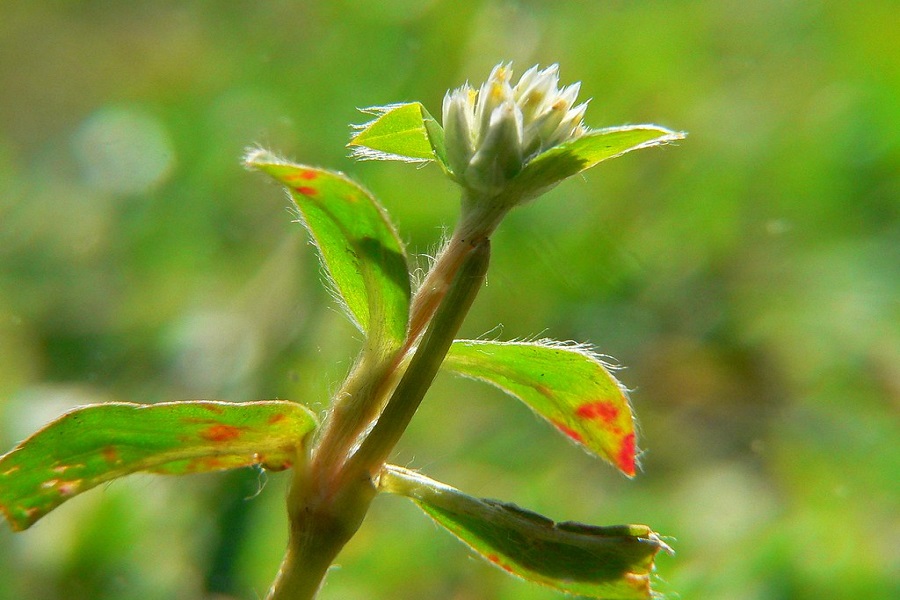
To understand how weeding works, there are several factors to undertake. Techniques to follow may include:
- Digging weeds out by hand and using gardening tools to attack the roots. You must scrap the weeds out completely otherwise they will re-grow.
- Prevent weeds from growing by covering their affected areas with either thick mulch or black plastic which will deprive them of sunlight and other natural nutrients.
- Weedkillers can be used as a last resort, and should not be a compulsory option, since there are better and more natural ways of removing weeds without having to use weedkillers since they can damage other plant life as well.
- Hoeing or raking over weeds will help to attack weeds at a large surface at a time, but will have to be maintained thoroughly.
What tools will you need to remove the weeds?
Have you checked that you have these tools at your disposal to help perform the following activities:
- Protective gloves
- Hoe
- Rake/fork
- Old knife
- Container to dispose the weeds in
1. Dig up Weeds
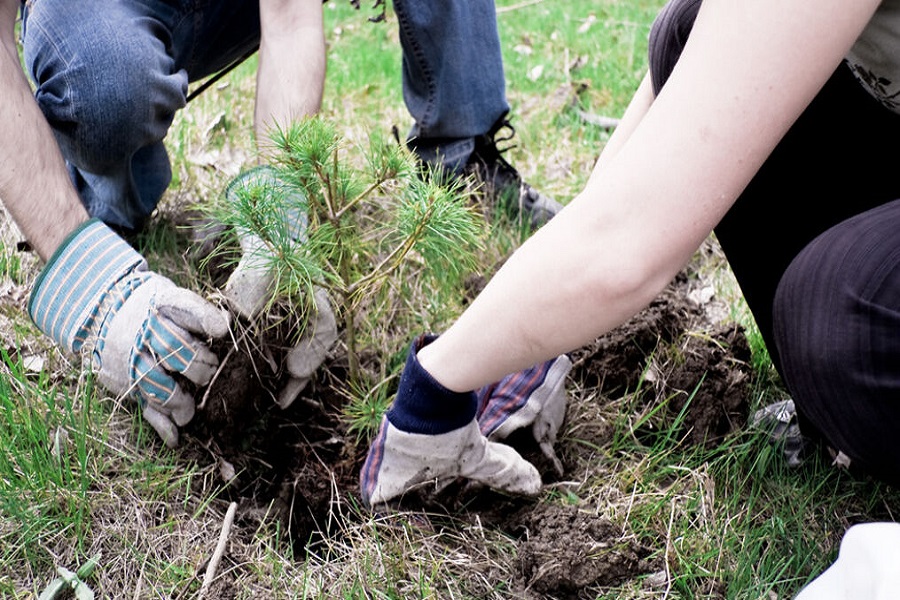
To effectively get rid of weeds through digging them up, you can employ various methods. To help prevent weeds from spreading, use a hand trowel which, with careful precision, you can target the base of the weeds and gently loosen the soil, which will ensure that the entire plant and its roots are lifted out. For stubborn weeds like bindweed and nettles, you will need to employ a more thorough approach. Use a sturdy garden fork and dig deep into the soil surrounding the weeds. Be sure to extract the whole roots, as even tiny fragments that are left behind can sprout into new plants.
2. Hoe them down
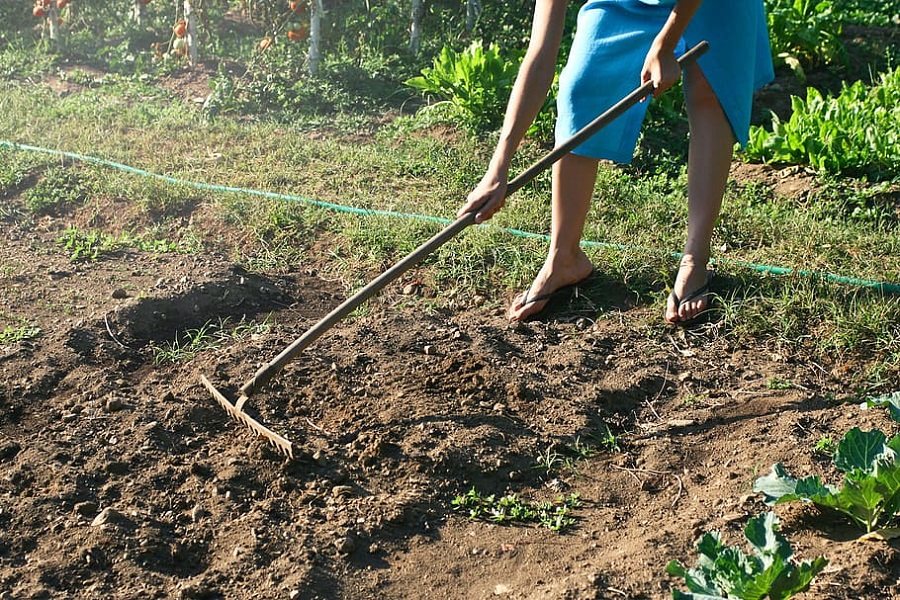
Another way in which you can effectively get rid of weeds in your garden is by using a hoe that will swiftly eradicate them. using a hoe will help to sever weed roots and prevent them from building a stronghold. You should use a hoe over bare areas of soil on a weekly basis, ensuring that you slice through any emerging weeds which will help to disrupt their growth. Carry out this task on a dry day, as the lack of moisture in the soil will cause weeds to dehydrate, wither, and perish.
3. Pull out weeds
To help get rid of weeds in your garden, pulling them out is perhaps the simplest and most straightforward approach. For annual weeds like groundsel and chickweed, you need to grasp them firmly at the base and remove them, ensuring that the roots are fully pulled out too. We recommend that you do this task on a rainy day since the soil will be more softened. The moisture will help to loosen the grip of the weeds, and therefore allow them to be pulled out easier.
Additionally, Herb Robert weeds (Geranium robertianum) are notoriously difficult to dig out for several reasons. Here is why.
- Herb Robert weeds have deep and tenacious taproots which anchor themselves firmly into the soil. These can extend far below the surface and can be difficult to remove the entire root system.
- These weeds also have a creeping growth habit, which causes the stems to spread horizontally through the ground. This results in a network of interconnected plants across the soil, and removing one plant can still cause others to have already taken root.
- Herb Robert produces small, sticky seeds which can latch themselves to clothing, shoes, animal fur, and can cause them to be dispersed on a larger radius. As these seeds sit on the soil that they land on for many years, this will make them harder to dig up.
- This form of weed can adapt to many different surroundings, even in sunny or shaded spots too. Certain control methods will be ineffective against them too. Follow more of the information in this article which will aid in getting rid of herb Robert if you think this weed has infected your garden.
4. Scrap out the weeds
To get rid of weeds in your garden by scraping, begin by targeting weeds such as dandelions and meadowgrass, which often find their way between gaps in paving or other hard surfaces in your garden. Use gardening tools such as an old knife, and carefully scrape along these gaps to reach the base of the weeds. You can tease out the entire plant, including the roots by using a small tool, and by scraping and removing the visible parts of the weed, this will help to prevent them from growing further.
5. Spray down the weed infection
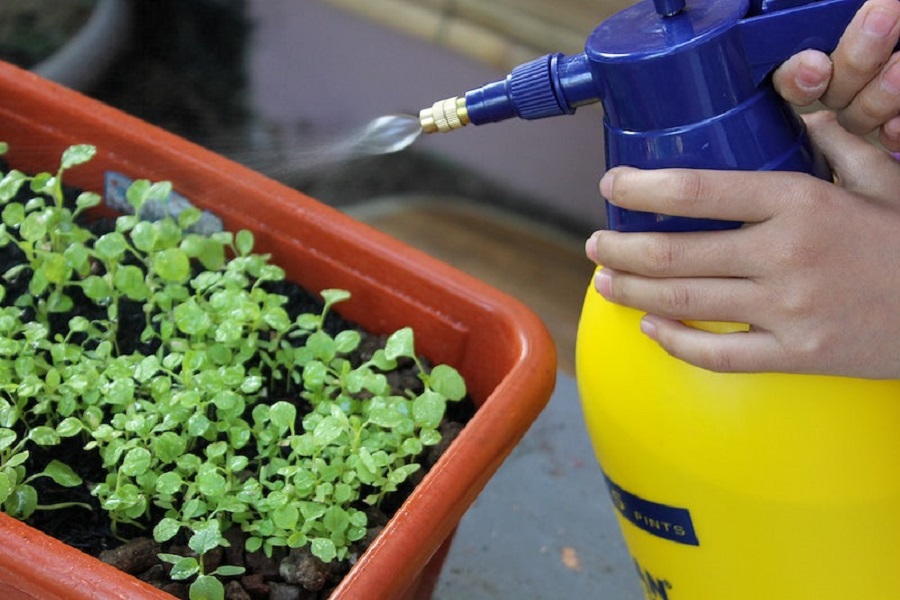
When learning how to get rid of weeds in your garden, chemical options can be implemented to help get rid of weeds. Using a systemic weedkiller is the preferable option here. However, before you opt for the chemicals, ensure that the leaves of the weeds are dry, and perform this task on a dry day when rain is not forecast most likely midsummer. This will allow the weedkiller to be absorbed thoroughly by the plants and will maximise its effectiveness. Remember to follow the instructions laid out on the weedkiller product label.
Be wary that other weeds, such as Japanese knotweed, can cause significant problems in your gardening techniques, and professional advice may be required to help with your Japanese knotweed removal.
Looking to reshape your garden? Check out our intensive lawn growing care guide on how to craft your perfect garden.
Types of Weeds in your Garden
There are many types of weeds that you may find in your garden, and we have displayed useful information for the most common varieties of weed to look out for, and what you can do about them.
Annuals
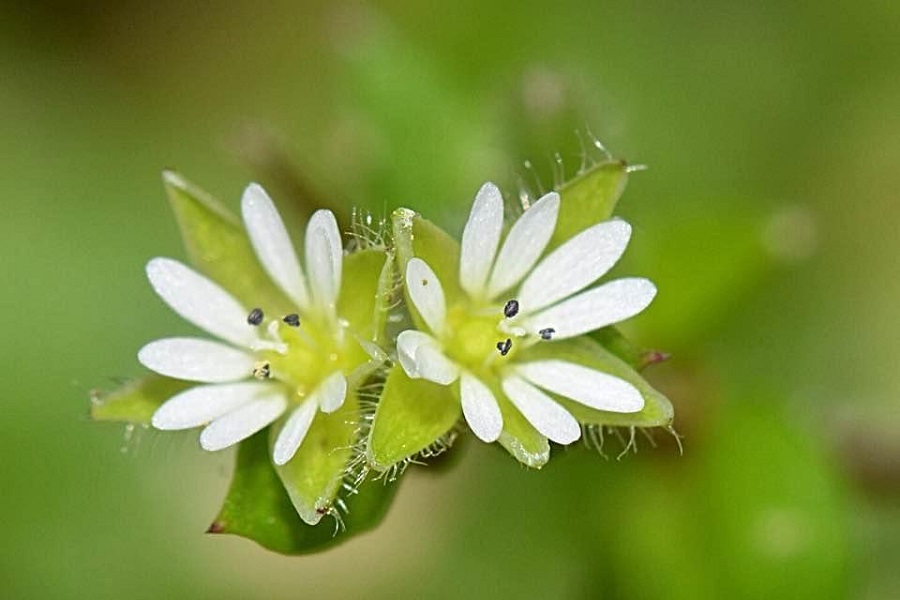
Hairy bittercress and chickweeds are some of the most popular forms of annual weeds. These usually have a one-year lifecycle, and as they reach the end of their life, they will have set up seeds for the next generation.
To get rid of annual weeds, provoke hand-pulling methods to remove them from your garden, implement mulch methods to cut away their sunlight and ability to absorb moisture in the soil, and use weed fabric control to prevent them from reaching the surface.
Perennials
Dandelions are the most common variety of perennials, and can often have a lifecycle longer than just one year. You will need to remove the main root entirely or apply weedkiller to fully get rid of these.
Trees
Hollies and horse chestnuts trees are some of the hardest form of weed to pull out, and the longer that they are left to grow, will be thoroughly difficult to pull out once established.
When and How to Tackle Weeds
For this section, we will focus more on how weeds should be handled in your garden throughout the year, and choosing when and how to get rid of weeds in your garden, will increase the likelihood that they will not come back so soon.
Annual Weeds
As mentioned, you can remove annual weeds by pulling them out by hand or laying down fabric covers. Alternatively, you can remove them by digging shallowly at the soil using a hoe, rake or other large objects that can cover a bigger surface at once. Be careful not to do your hoeing methods too deeply as this can lead to bringing up ungerminated seeds to the surface.
Chickweed
Remove chickweed either by hand or using a hoe. This weed can flower fast, and if you have rich soil in your garden, be wary that chickweed may have already made an appearance.
Annual Nettles
A very common type of weed, annual nettles appear smaller than perennial stinging nettles, but can be just as mighty. Their properties include a fast growth rate and setting seeds from an early age. This weed can survive in rich soil, especially in well-manured vegetable gardens, and as most prominent between spring and late summer. Remember to wear protective gloves and appropriate eyewear to avoid getting stung when getting rid of these weeds in your garden.
Shepherds purse
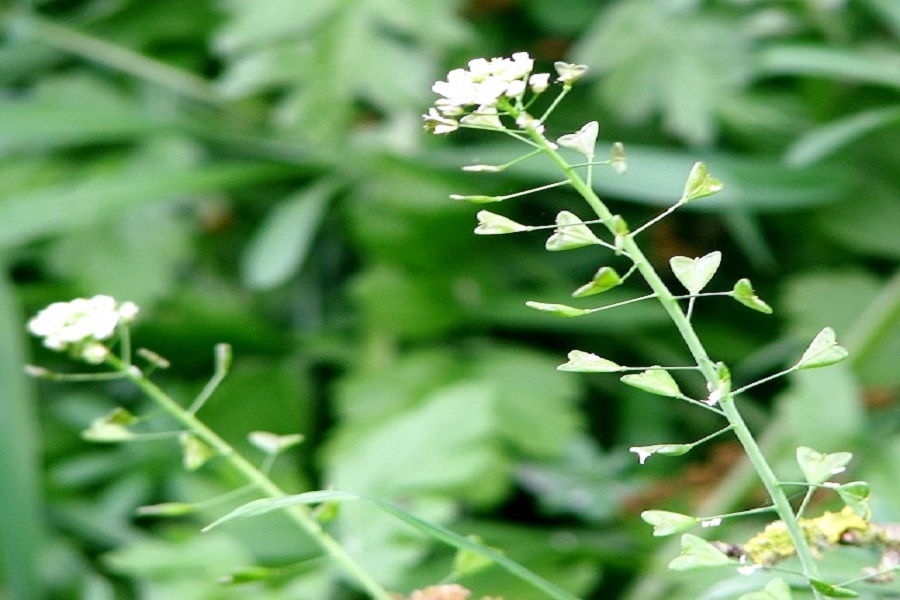
This form of weed can grow throughout the year and is recognised with its heart-shaped appearance. Shepherd’s purse can produce seeds whilst dormant in the soil for a long period, up to 30 years! You will need to remove this plant, roots and seedheads as soon as possible, to help decrease the chances of seed production and regrowth in your garden.
Groundsel
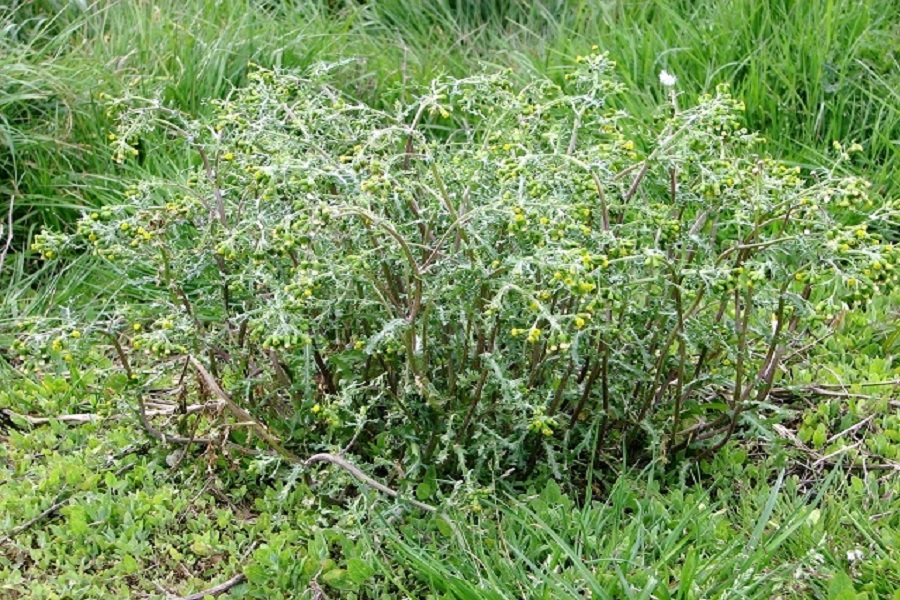
Groundsel can reproduce all year round. You will need to remove the larger uprooted versions of these plants as their seeds can quickly germinate if you do not.
Hairy bittercress
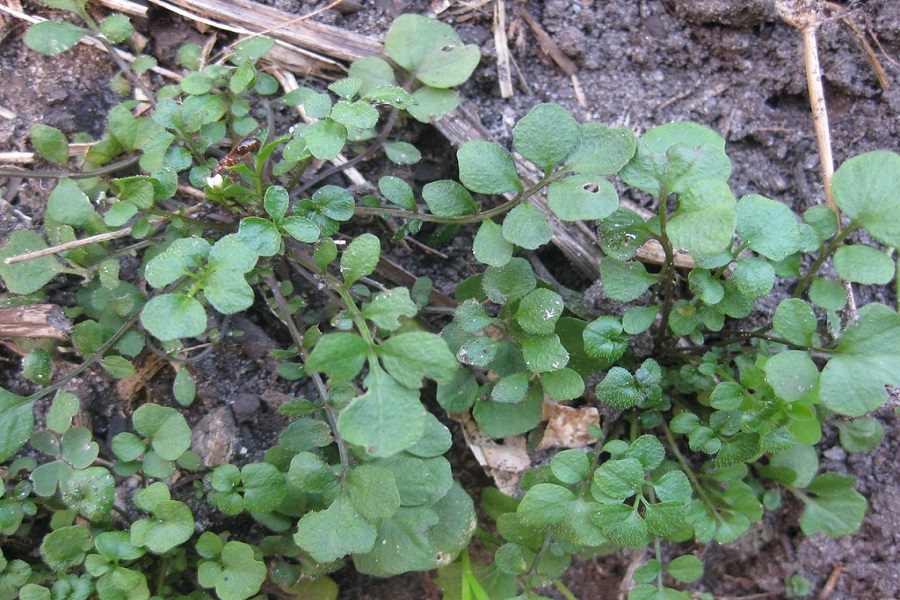
Hairy bittercress is another common variety of weed, and usually forms on top of container plants as well as garden borders. Their appearance usually consists of a short stem, and can propel seeds up to a metre (39 inches). This method can cause the plant to disperse itself at a rapid rate and spread, so be sure to remove it as soon as you spot it. Remember to wear protective eyewear as well since the seeds that are expelled can cause irritation and injury. You can also find this weed on bare-ground, pathways, and walls.
Explore our range of other garden accessories to see how we can help with your garden furniture maintenance or plant care.
Perennial Weeds
One effective approach to eliminate and get rid of weeds in your garden is to remove them using a garden fork, which will enforce the complete removal of the root system. Once removed, yiu can dispose of these weeds by burning or placing them in an appropriate plant removal container.
Another way in which you can get rid of perennial weeds is by suppressing mulch or membrane, which will help to prevent weed growth by blocking out sunlight.
A third option is to treat the weeds with a systematic weedkiller known as glyphosate, which should be applied to the foliage and will be absorbed into the plant’s sap system. This chemical acts slowly but will provide effective results. Remember to read the instructions when applying this product t othe weeds, as you don’t want to damage any nearby garden plants around your borders. Alternatively, use this natural weed controller to handle your weed control measures safely.
Woody perennial weeds
Certain trees and shrubs may appear in your garden due to certain seeds that have been spread by the wind or transferred from human clothing or animal fur. We recommend that you uproot these weeds when they start to appear, and therefore prevent a strict root system from establishing through a long tap root.
Ground Elder Weeds
Ground elder weeds affect underground stems (rhizomes) which spreads beneath the soil and intertwines themselves between garden plants, and therefore may not be easy to spot straight away. You will need to be patient when removing these weeds from your garden, since removing the underground stem is hard work, but will come out easily. You may need to repeat this task multiple times. Using a weed control membrane will also assist when you strategically place it between the plants.
Field horsetail
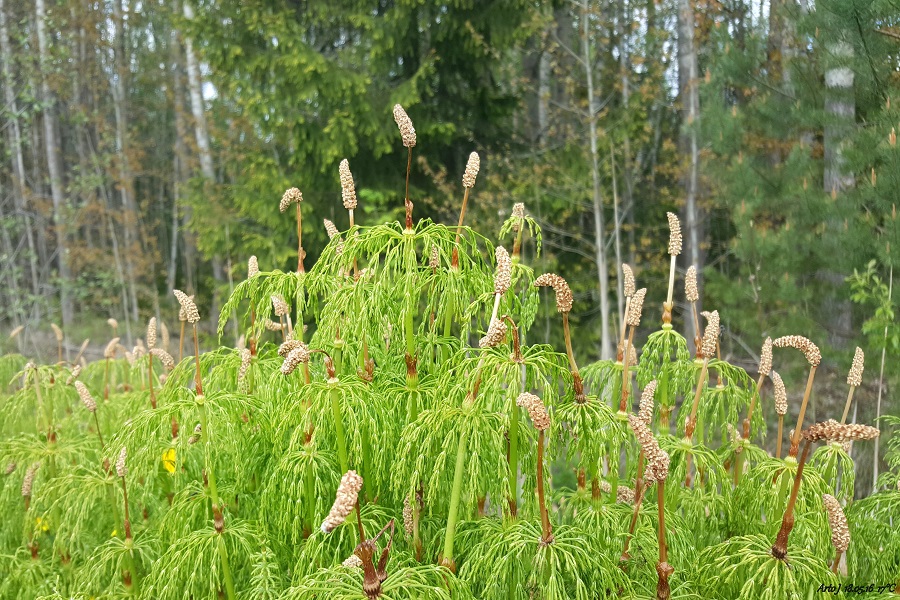
This weed can spread fast in compacted soil. Make sure to hoe the infected areas where field horsetail is, which will cause it to weaken but will not fully eradicate them. therefore, we recommend that you use weed-suppressing mulch around your specimen plants which will reduce the growth rate of field horsetail.
Hedge bindweed
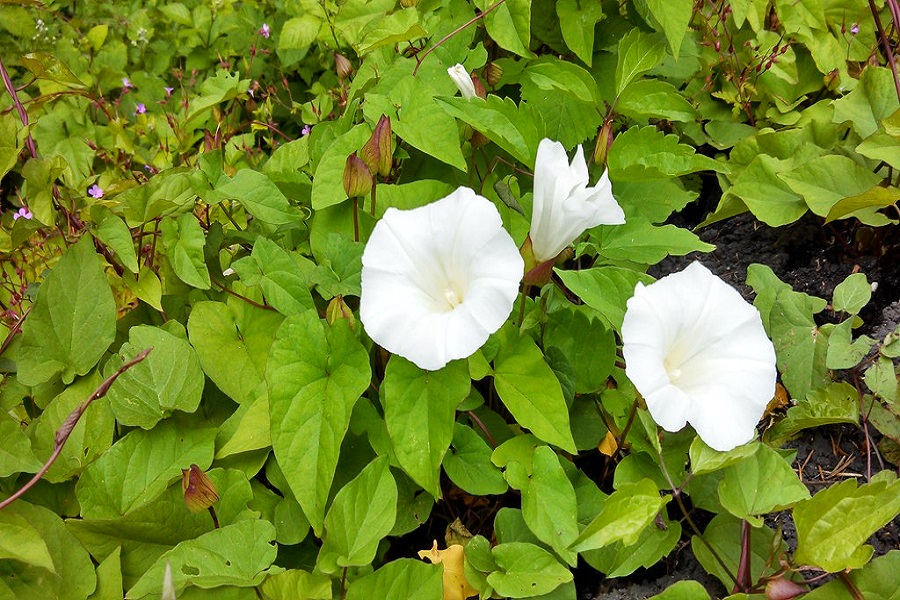
Hedge bindweed has twining stems that can overwhelm your flowers and shrubs in a border. To control these twining stems, apply glyphosate weedkiller for quick and effective results. You can also use a nearby pole or bamboo to encourage the stem to start climbing, and this will assist in applying the weedkiller without the worry of affecting other nearby plants.
When is the best time to weed your garden?
the ideal time to weed your garden is between spring and summer when the soil should be dry enough to assist in helping you pull out the weeds with relative ease. Implement your weeding techniques between March and June, and set time aside by at least 15 minutes remove each weed patch.
Weeding Neglected Gardens
If your garden, or a garden nearby, has become neglected, there are different ways of how to get rid of weeds quickly and effectively. For instance, you should try removing weeds by hand during the spring, preferably on a dry day, and continuously mow over them. using effective weed control tools such as rakes, forks, and knives will help to disturb the roots, especially since chemicals may not always work.
Once you have followed these methods, cover the affected ground with gravel or bark mulch to prevent photosynthesis on the weeds.
Weeding without chemicals
We are strongly against using chemical products on weeds since it is not a natural deterrent, and there are far safer and more effective ways to deter weeds. One recipe that we recommend using is a mixture of salt, vinegar, and boiling water. There are plenty of homemade weedkillers to look out for, and will be a lot safer to use around your other garden plants too.
Regulate Mulching
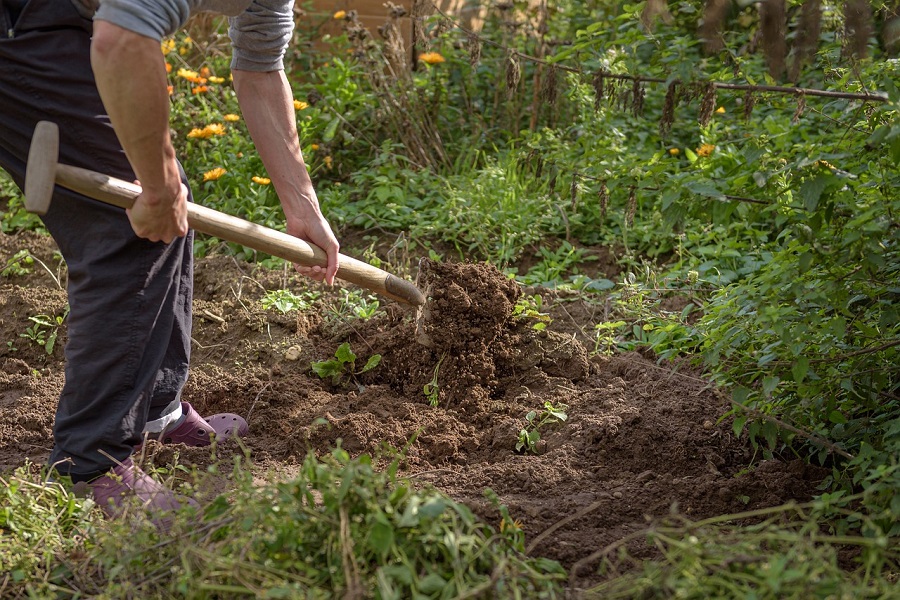
Employing biodegradable mulches, including garden compost, wood chippings, processed bark, leaf mold, straw, seaweed, and rotted manure, will help to serve a dual purpose in your garden. Not only do these mulches effectively suppress weed growth but will also help to enrich the soil with vital nutrients and promote healthy growth of the plants. Biodegradable mulches can break down over time, so these will need to be replaced every few years to help maintain their effectiveness. You can even use mulch to help hedgehogs in your garden as well.
Win the War on Weeds in your Garden
Ultimately, there are many methods you can choose from to get rid of weeds in your garden without resorting to weedkillers, and although it can be overwhelming with the numerous varieties of weeds that there are, they can usually be dealt with in the same manner, even though more precautions need to be taken for certain weeds than others. Even if you are new or more experienced to garden, weeds are the one constant factor that just will not go away, but you do not need to get frustrated over them, as this can lead to you deterring from getting rid of weeds in your garden. However, by being persistent and having an eagle-eye, you can get rid of weeds quickly and can rest assured that the rest of your garden plant life will live longer once you have disposed of the weeds and thoroughly followed these weeding techniques.
FAQs
Why is it important to remove weeds from a garden?
Weeds will compete against your more desirable plants for natural resources, such as water, nutrients, and sunlight. If you do not remove weeds from your garden, they will hinder the growth of your plant stock and reduce productivity. Be sure to learn how to get rid of weeds in your garden to maintain the health and appearance of your garden.
What is the best way to remove weeds from a garden?
Numerous methods can be implemented to get rid of weeds from your garden. Pulling them by hand and using garden tools such as a hoe and trowel are the most popular, but evoking mulching and smothering with weed fabric coverage are recommended as well.
When is the best time to remove weeds?
It is best to remove weeds when they are small and have not had a chance to produce seeds. Remember to regularly inspect your garden and remove weeds as soon as they are visible.
How do I remove weeds without using chemicals?
Pulling out weeds by hand, cutting them off using gardening tools, or using mulching mixed with organic produce such as straw or wood chips are the best materials to use to remove weeds without using chemicals.
What should I do with the weeds I remove from my garden?
Do not use compost on weeds unless the composting system has warm temperatures and will help to deprive weeds of the resources that they require. Yard waste bags are the best option to choose to bag up your weed waste or take them to a green waste facility in the local area.
How can I prevent weeds from coming back?
You can help prevent weeds from coming back by maintaining a thick and healthy law. Using mulch your plants will help to suppress weed growth, as well as regular cultivating and removing seeds before they have the chance to weed.
Are there any natural herbicides for weed control?
There are numerous natural herbicides available to help with weed control. These herbicides are typically made using vinegar, boiling water, and other citrus based methods. Remember to exercise caution since these can harm desirable plants, so check the instructions carefully and apply only onto the weeds.
Can I use a weed killer for persistent or invasive weeds?
You may need to use an herbicide if weeds have become persistent or invasive. Herbicides are specifically designed to target the types of weed that you want to get rid of. Remember to follow the instructions on the product label and use sparingly. Use this article to help identify the type of weeds in your garden and which chemicals can be used to target that specific weed.
Sources
Government of the United Kingdom. (n.d.). Prevent Japanese knotweed from spreading. [Accessed 15/05/23] Retrieved from: https://www.gov.uk/guidance/prevent-japanese-knotweed-from-spreading
Screwfix. (n.d.). Weed Control. [Accessed 15/05/23] Retrieved from: https://www.screwfix.com/c/outdoor-gardening/weed-control/cat840530
Amazon.co.uk. (n.d.). YouGarden Strulch Mulch Twin. Retrieved from: Food.com. (n.d.). Amazing Homemade Weed Killer. Retrieved from: https://www.amazon.co.uk/YouGarden-Strulch-Mulch-Twin-total/dp/B09F6ZFP95?source=ps-sl-shoppingads-lpcontext&ref_=fplfs&psc=1&smid=A2053O2K7WC2M4
Food.com. (n.d.). Amazing Homemade Weed Killer. [Accessed 15/05/23] Retrieved from: https://www.food.com/recipe/amazing-homemade-weed-killer-97039
Ryan Jenkins is a professional gardener and has been working in the gardening industry for over 25 years. This has allowed Ryan to accumulate a vast wealth of gardening knowledge which he shares on the Sefton Meadows blog.




